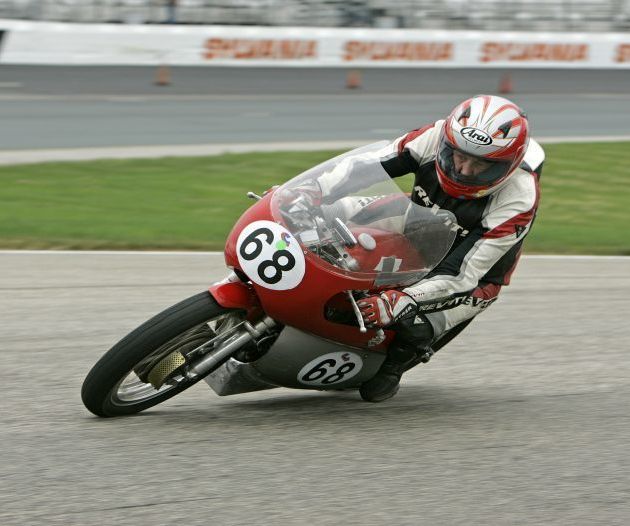I think the best way to train your hand to feed is to do it while sitting on the sofa watching tv. Keep doing it until you think you have it. Then try it with a glove on.
That is a nice article. I think the things that are important in a jig is to have everything adjustable to level. I used a table that I was able to buy. I put adjustable feet on it to level it and it is reasonably smooth.
I use the right side of the jig to make the RFM and the top to make the UFM. The 2" x6" for the UFM was squared on all sides on the milling machine and I put centerlines on almost everything. The UFM portion is bolted onto the two legs which were welded to the table square. This allowed me to level the fore and aft on the UFM portion and to also remove it from the jig.
I can remove it and set it on the welding table for easier tacking. Once it is tacked, I can toss it in the car are take it to my welder.
I have one of these on the table and one here on the UFM jig.
The stuff Tony has is tens of thousands of dollars, which is not a surprise. His fish mouthing is expensive also. I got a Balleigh, which I considered very expensive, but it really does the job and It is one of the few tools I have that did a better job than I expected.
David

